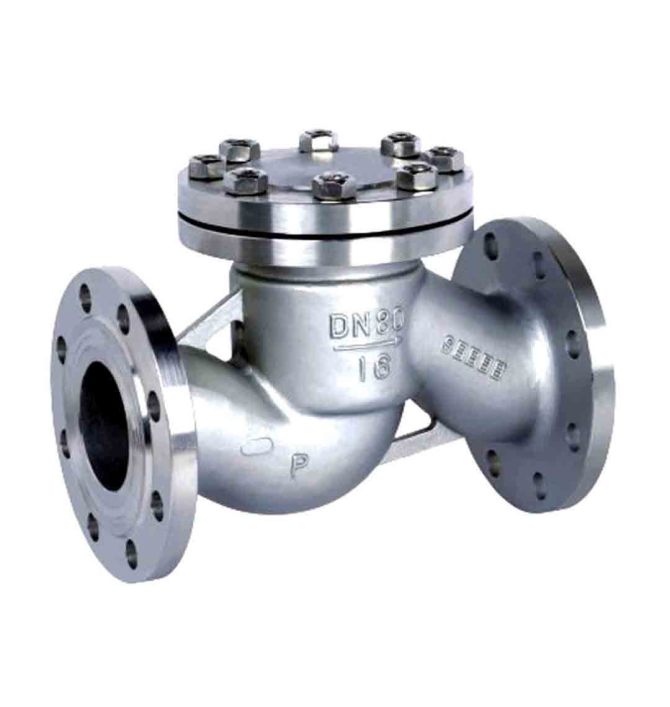2.5 inch foot valve
Understanding the Importance of a 2.5 Inch Foot Valve in Water Systems
In water management systems, the components used play a crucial role in ensuring efficient operations and longevity. Among these components, the foot valve stands out as an essential device, especially in systems that involve pumping water from wells, rivers, or reservoirs. In this article, we will delve into the features, functions, and benefits of a 2.5-inch foot valve and its significance in hydraulic systems.
What is a Foot Valve?
A foot valve is a type of check valve installed at the bottom of a suction line, which is submerged in water. Its primary purpose is to prevent backflow when the pump is turned off, thereby maintaining the prime within the pump and the suction line. By doing this, foot valves enhance the efficiency of pumps and prolong their life.
Why 2.5 Inches?
The 2.5-inch size designates the diameter of the valve, which is a critical factor that influences the flow rate and capacity of water systems. Choosing an appropriate size ensures that the foot valve can accommodate the volume of water required by the pump without causing excessive pressure drops or creating turbulence that could hinder performance. A 2.5-inch foot valve is particularly suitable for medium to large pumps operating in a range of industrial, agricultural, or municipal applications.
Construction and Design
Typically, a 2.5-inch foot valve is constructed from durable materials such as stainless steel, brass, or PVC, which offer resistance to corrosion and wear. The valve contains a strainer or screen, which filters out debris and prevents clogging in the pump system. Furthermore, the design allows for easy installation and maintenance, minimizing downtime and operational interruptions.
Functions of a 2.5 Inch Foot Valve
1. Prevention of Backflow The primary function of the foot valve is to prevent water from flowing back into the source when the pump is not in operation. This ensures that the pump remains primed and ready for immediate use, eliminating the need for repeated priming.
2.5 inch foot valve

2. Filtering Debris The strainer feature helps keep out unwanted particles, thus protecting the pump and the entire water system from damage. This filtration aspect is vital in maintaining optimal performance and extending the life expectancy of the system.
3. Pressure Regulation By assisting with the maintenance of consistent pressure levels, a foot valve contributes to the efficient functioning of pumps. It helps to manage the hydraulic dynamics of the system, allowing for consistent water flow rates.
Advantages of Using a 2.5 Inch Foot Valve
- Enhanced Efficiency By preventing backflow, these valves help maintain the prime of the pump, which significantly boosts its efficiency. This feature is particularly beneficial in situations where the pump operates intermittently.
- Reduced Wear and Tear Properly functioning foot valves contribute to reducing the load on pumps, which can lead to fewer repairs and a longer service life.
- Versatility The 2.5-inch foot valve can be used in various applications, such as agricultural irrigation, industrial processes, and municipal water supply systems. Its adaptability makes it a valuable component in any water management system.
- Cost-Effective Solution Investing in a high-quality foot valve translates to cost savings in the long run. Fewer pump repairs and replacements lead to reduced operational costs.
Conclusion
In summary, a 2.5-inch foot valve plays a vital role in the effective operation of water systems. Its ability to prevent backflow, filter debris, and maintain pressure levels makes it an essential component for various applications. By understanding the significance of these valves, users can ensure their water systems operate efficiently and reliably. Whether in a residential, agricultural, or industrial setting, a properly chosen and maintained foot valve can make all the difference in the effectiveness of water management practices. As water scarcity issues continue to grow, optimizing water systems with reliable components like the 2.5-inch foot valve will be increasingly important for sustainable management of this precious resource.
-
The Key to Fluid Control: Exploring the Advantages of Ball Valves in Industrial SystemsNewsJul.09,2025
-
The Versatile World of 1, 2, and 3 Piece Ball ValvesNewsJul.09,2025
-
Stainless Steel Ball Valves: The Ideal Choice for Efficient Flow ControlNewsJul.09,2025
-
Optimizing Fluid Control with Ball Float ValvesNewsJul.09,2025
-
Manual Gate Valves: Essential for Control and EfficiencyNewsJul.09,2025
-
Everything You Need to Know About Butterfly ValvesNewsJul.09,2025
-
The Versatility of Wafer Type Butterfly ValvesNewsJul.08,2025




